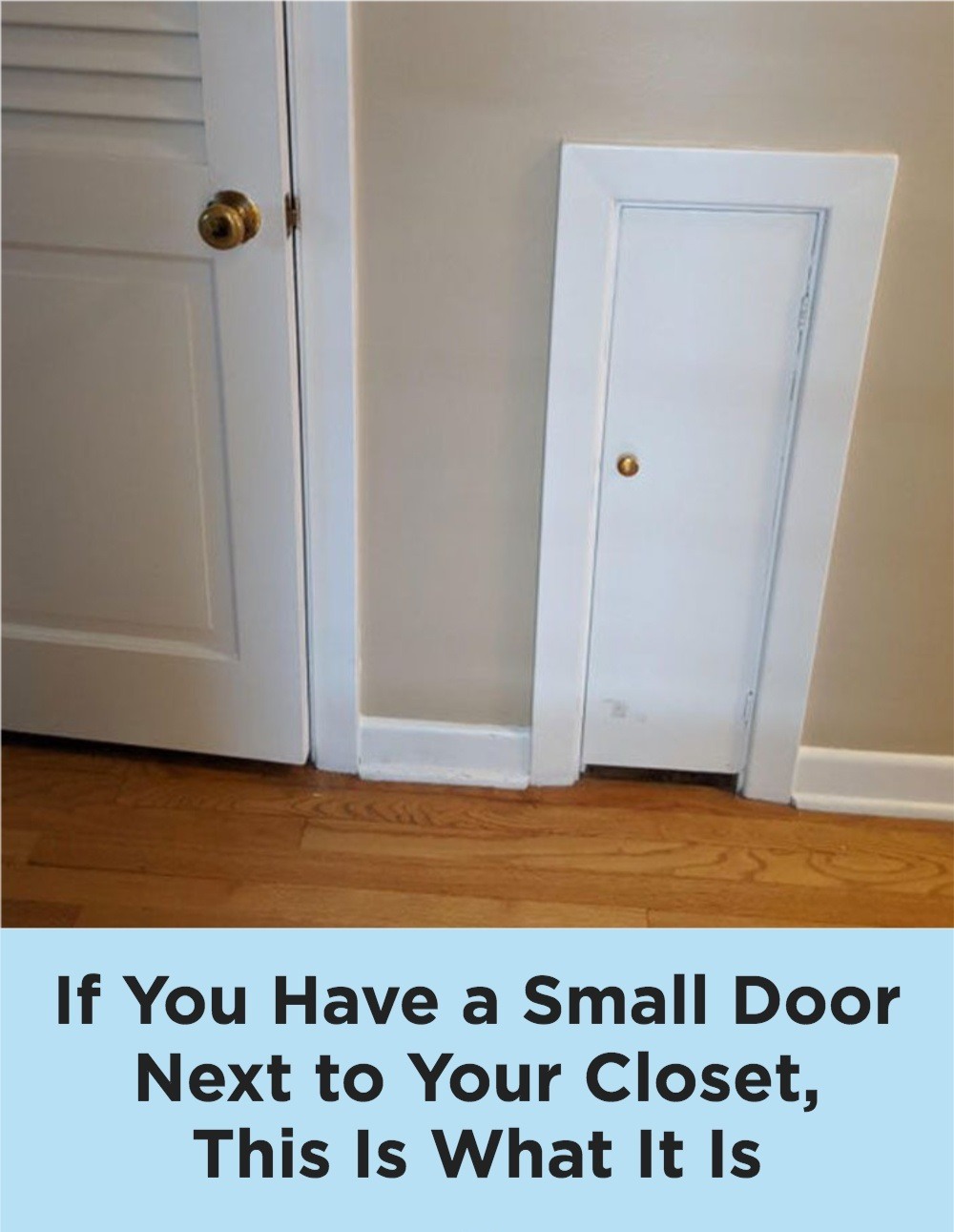While exploring your neighborhood, you might have noticed small, inconspicuous doors on the exterior of some homes. These miniature portals often spark curiosity, leading many to wonder about their function and origin. This article delves into the various purposes these tiny doors serve, shedding light on their practical and historical significance.
1. Milk Doors: A Nod to the Past
In homes built during the early to mid-20th century, especially before the 1950s, small exterior doors known as “milk doors” were quite common. These doors facilitated the daily delivery of milk and other perishables directly into the home. Typically located near the kitchen, the milkman would place fresh bottles inside the compartment, and homeowners could retrieve them from the interior side, ensuring convenience and preserving the freshness of dairy products. This system minimized the need for direct interaction and allowed for early morning deliveries without disturbing the household.
2. Coal Chutes: Fueling the Hearth
Another historical use for small exterior doors was as coal chutes. In homes heated by coal furnaces, these doors provided an entry point for coal deliveries. Deliverers would deposit coal through the chute, which led directly to a storage area in the basement. This design kept the mess and labor of hauling coal outside the main living spaces and streamlined the fueling process for the home’s heating system.
3. Package Doors: Early Solutions for Deliveries
Long before the era of online shopping, some homes featured small doors designed for package deliveries. These compartments allowed postal workers or delivery personnel to leave packages securely inside the home without needing to enter or wait for someone to answer the door. This feature provided both security and convenience, ensuring that deliveries remained safe from theft or adverse weather conditions.
4. Pet Doors: Freedom for Furry Friends
In more contemporary settings, small exterior doors are often installed as pet doors, allowing cats and dogs to enter and exit the home freely. These doors enhance the quality of life for pets by providing them with autonomy and reducing the need for owners to constantly manage their comings and goings. Modern pet doors come in various sizes and can be equipped with electronic sensors to prevent unwanted animals from entering.
5. Crawl Space Access: Maintenance and Storage
Some homes have small exterior doors that provide access to crawl spaces. These areas, typically located beneath the house, are essential for maintenance tasks such as plumbing, electrical work, and insulation checks. The doors allow homeowners or service professionals to enter these confined spaces without needing to go through the main living areas, keeping dirt and debris contained.
6. Storm Cellar Doors: Safety During Severe Weather
In regions prone to severe weather, particularly tornadoes, homes may feature small exterior doors leading to storm cellars or shelters. These doors provide quick access to a safe space designed to protect inhabitants during extreme weather events. Often located at ground level or slightly above, storm cellar doors are built to be sturdy and weather-resistant, ensuring safety during emergencies.
7. Storage Compartments: Efficient Use of Space
Some tiny exterior doors lead to small storage compartments used for various purposes, such as storing gardening tools, outdoor equipment, or seasonal items. These compartments help homeowners maximize space and keep frequently used items easily accessible without cluttering the main living areas.
Conclusion
The presence of small exterior doors on homes serves various practical purposes, many rooted in historical practices tailored to the lifestyles and needs of the time. Whether for milk deliveries, coal storage, package security, pet autonomy, maintenance access, storm safety, or efficient storage, these tiny doors reflect thoughtful design solutions aimed at enhancing convenience, safety, and functionality in residential architecture. Observing these features offers a glimpse into the evolving needs and innovations in home design throughout history.

